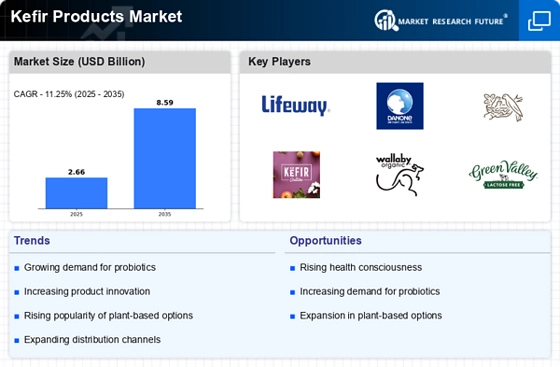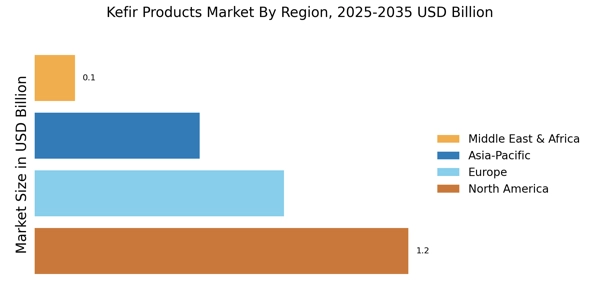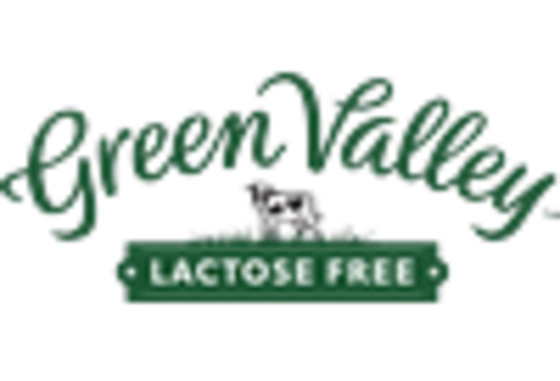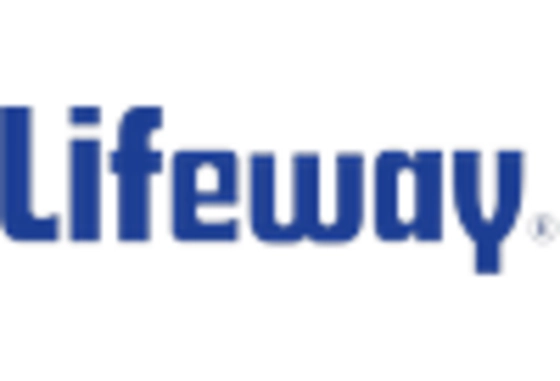Rising Demand for Probiotics
The Kefir Products Market experiences a notable surge in demand for probiotic-rich foods, driven by increasing consumer awareness regarding gut health. Probiotics are recognized for their potential benefits in enhancing digestive health and boosting the immune system. According to recent data, the probiotic food segment is projected to grow at a compound annual growth rate of approximately 7% over the next five years. This trend indicates a robust market for kefir products, as they are naturally rich in probiotics. As consumers increasingly seek functional foods that contribute to overall wellness, the Kefir Products Market is likely to benefit significantly from this rising demand.
Innovative Product Development
Innovation within the Kefir Products Market plays a crucial role in attracting diverse consumer segments. Manufacturers are increasingly introducing new flavors, formulations, and packaging options to cater to evolving consumer preferences. For instance, the introduction of plant-based kefir alternatives has opened new avenues for market growth, appealing to vegan and lactose-intolerant consumers. Additionally, the incorporation of superfoods and functional ingredients into kefir products enhances their health appeal. This trend towards innovation is expected to drive market expansion, as consumers are drawn to unique and health-oriented offerings that align with their dietary choices.
Shift Towards Natural Ingredients
A notable trend within the Kefir Products Market is the shift towards natural and organic ingredients. Consumers are becoming more discerning about the food they consume, favoring products that are free from artificial additives and preservatives. This shift is reflected in the increasing demand for organic kefir products, which are perceived as healthier options. Recent data suggests that the organic food market is growing at a rate of approximately 10% per year, indicating a strong consumer preference for natural products. As manufacturers respond to this demand by offering organic kefir options, the Kefir Products Market is likely to experience a positive impact, aligning with consumer values and preferences.
Growing Interest in Functional Foods
The Kefir Products Market is significantly influenced by the growing consumer interest in functional foods, which are perceived to offer health benefits beyond basic nutrition. Kefir, being a fermented dairy product, is often associated with various health advantages, including improved digestion and enhanced immune function. Market Research Future indicates that the functional food sector is expected to witness a growth rate of around 8% annually. This trend suggests that consumers are increasingly seeking foods that contribute to their overall health and well-being. As a result, kefir products are likely to gain traction among health-conscious consumers, further propelling the Kefir Products Market.
Increased Availability in Retail Outlets
The Kefir Products Market benefits from enhanced distribution channels, with a marked increase in the availability of kefir products across various retail outlets. Supermarkets, health food stores, and online platforms are increasingly stocking a wide range of kefir products, making them more accessible to consumers. Recent statistics indicate that the retail presence of kefir products has expanded by over 30% in the last two years. This increased availability not only facilitates consumer access but also raises awareness about the health benefits of kefir, thereby driving sales and market growth. As retail channels continue to diversify, the Kefir Products Market is poised for further expansion.


















Leave a Comment